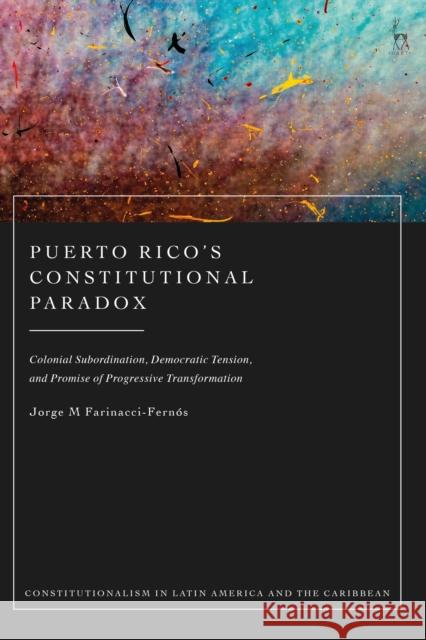Puerto Rico's Constitutional Paradox: Colonial Subordination, Democratic Tension, and Promise of Progressive Transformation » książka
topmenu
Puerto Rico's Constitutional Paradox: Colonial Subordination, Democratic Tension, and Promise of Progressive Transformation
ISBN-13: 9781509953462 / Angielski / Twarda / 2023 / 272 str.
Puerto Rico's Constitutional Paradox: Colonial Subordination, Democratic Tension, and Promise of Progressive Transformation
ISBN-13: 9781509953462 / Angielski / Twarda / 2023 / 272 str.
cena 433,76
(netto: 413,10 VAT: 5%)
Najniższa cena z 30 dni: 421,40
(netto: 413,10 VAT: 5%)
Najniższa cena z 30 dni: 421,40
Termin realizacji zamówienia:
ok. 30 dni roboczych
Dostawa w 2026 r.
ok. 30 dni roboczych
Dostawa w 2026 r.
Darmowa dostawa!
Kategorie:
Kategorie BISAC:
Wydawca:
Hart Publishing
Seria wydawnicza:
Język:
Angielski
ISBN-13:
9781509953462
Rok wydania:
2023
Numer serii:
001184831
Ilość stron:
272
Oprawa:
Twarda
Wolumenów:
01
Dodatkowe informacje:
Obwoluta











